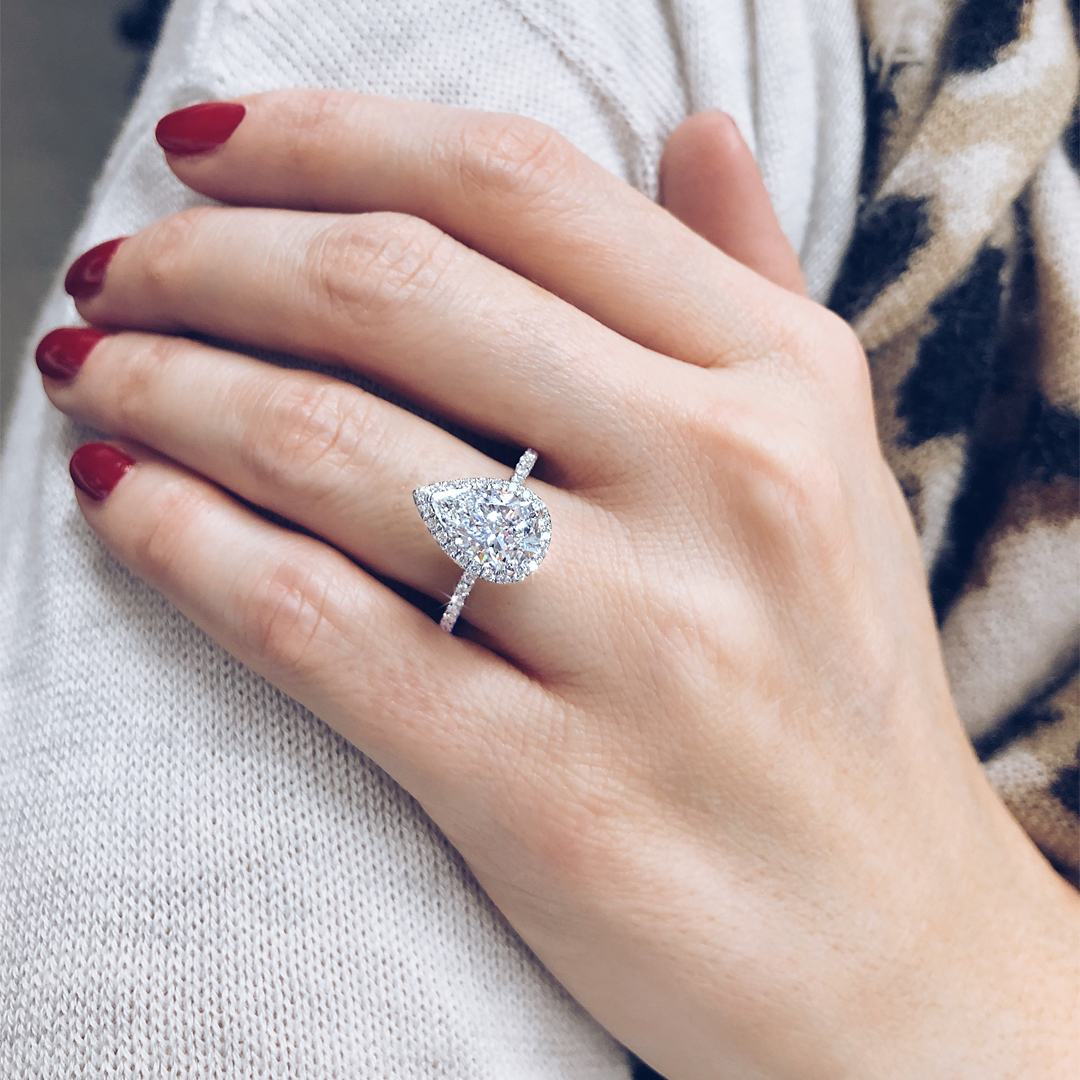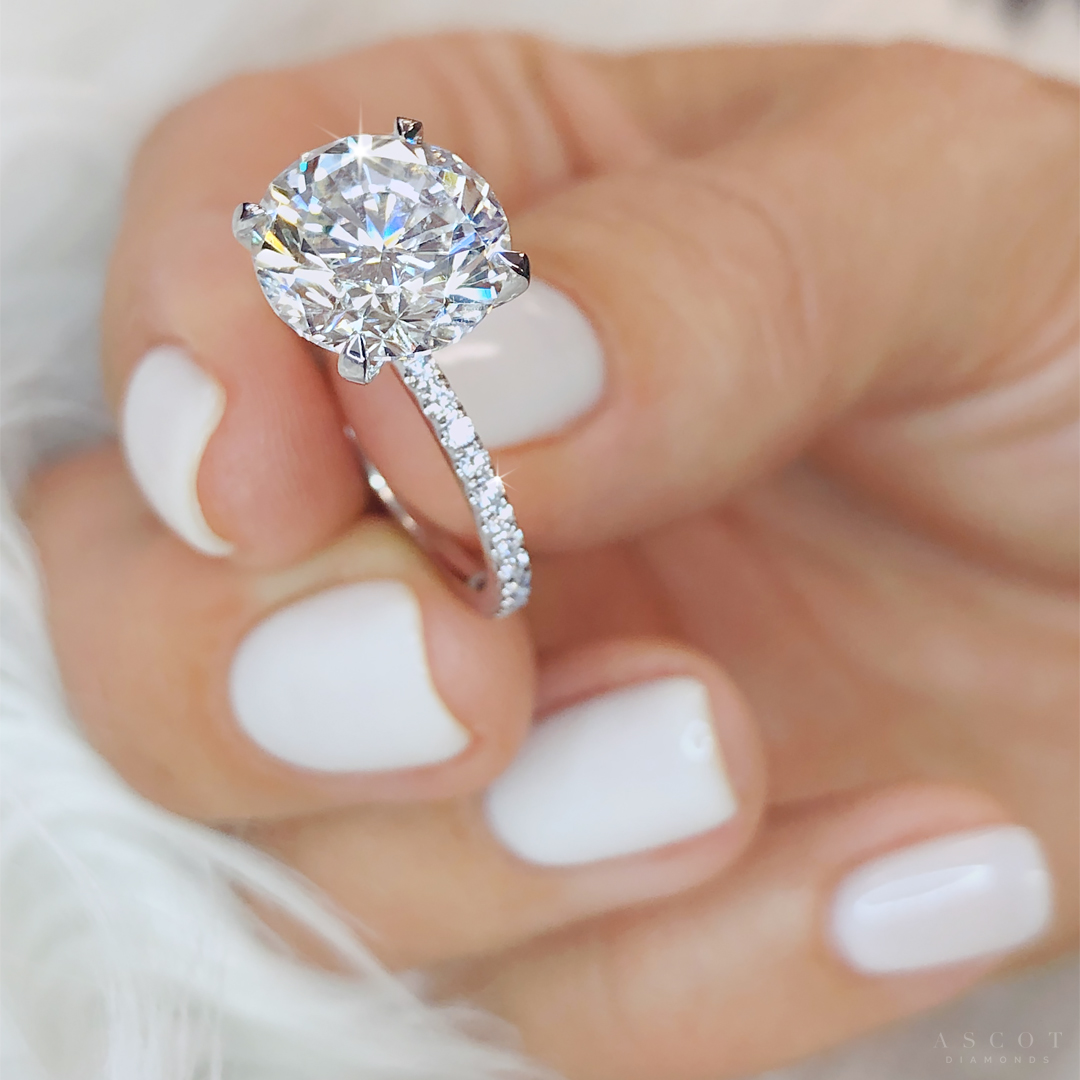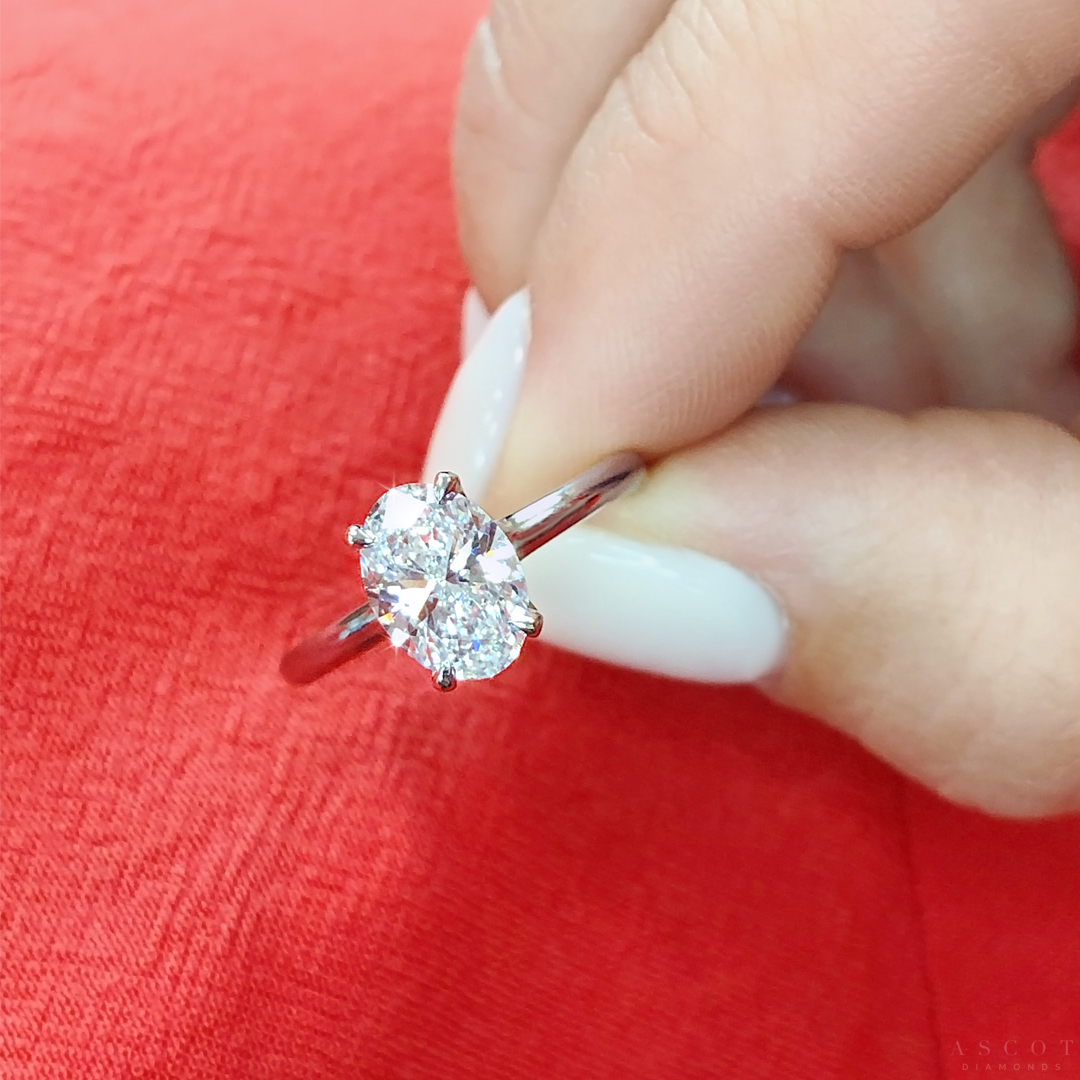Diamond Clarity and Grades Explained
Inclusions in a diamond are characteristics visible inside the stone created by Mother Nature during the formation of the crystal under enormous heat and pressure billions of years ago.
The highest clarity rating for diamonds is Flawless (F). Flawless diamonds have no inclusions or blemishes visible under 10X magnification when examined by a qualified diamond grader. The second highest rating is Internally Flawless (IF), which means there would be only insignificant superficial blemishes but no inclusions visible under 10X magnification.
The ratings that follow are:
‘Very Very Slightly Included’ (VVS1 and VVS2),
followed by ‘Very Slightly’ (VS1 and VS2).
The next grades down the scale are ‘Slightly Included’ (SI1 and SI2) and finally ‘Included’ (I1, I2 and I3).
VVS graded diamonds typically contain minute inclusions that appear no larger than the finest pinpoint under 10X magnification.
VS grade diamonds contain minor inclusions ranging somewhat more evident than VVS however still insignificant even under 10X magnification.
SI grade inclusions are larger and easier to identify under magnification; however SI clarity grades can often be a buyers best friend provided the diamond is 100% eye clean and the inclusions are favorably positioned in the diamond. With these pre-requisites a stone could be just as brilliant as a flawless diamond and will cost substantially less.
“I1, I2 and I3” clarity diamonds (Included) category contain inclusions that are visible (I1) to the naked eye and obvious under 10x magnification. I2 and I3 stones usually contain inclusions that are easily visible and often affect the brilliance, appearance and durability of the stone. For this reason Ascot does not recommend or offer “I1, I2 and I3” clarity grades. 
GIA states that there are five factors determining the Clarity grade of any diamond. These are: Inclusion Size, Scope, Position, Nature and Relief. The size and number of inclusions as well as their location in the stone determines clarity grade and value. An inclusion under the table of a stone will be more visible, and less desirable than an inclusion located closer to the edge [girdle] of the stone. Also, since diamonds are a very reflective material, if the inclusion is located deep and too close to a pavilion facet it tends to reflect around the stone like a house of mirrors resulting in lower desirability and value.
The type of inclusion also makes an impact on value. Inclusions that break the surface of a diamond have considerable impact on durability and value and should be avoided.
Ascot’s philosophy on clarity is to offer VS1, VS2, in addition to ‘very carefully selected’ SI1 and SI2 grades to present clients with the best possible value.
Ascot Diamonds goes to great lengths in order to find the preferred types of inclusions in every stone we offer for engagement rings and custom jewelry.

